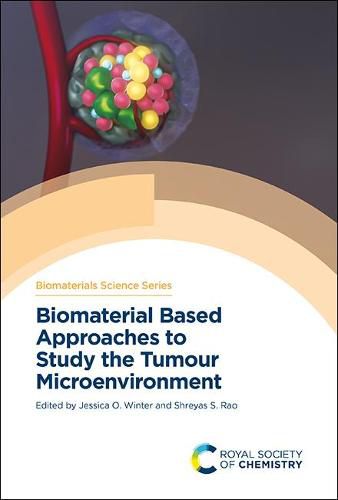Readings Newsletter
Become a Readings Member to make your shopping experience even easier.
Sign in or sign up for free!
You’re not far away from qualifying for FREE standard shipping within Australia
You’ve qualified for FREE standard shipping within Australia
The cart is loading…






The tumour microenvironment is increasingly recognized as an important contributor to cancer progression and treatment. However, most cancer studies continue to be performed in 2D tissue culture dishes that do not capture the characteristics of the tumour niche. This book provides an introduction to the rich chemical, topographical, and mechanical cues in the tumour microenvironment and then introduces readers to bioengineering strategies, including scaffold design and synthesis, chemical signalling and delivery, and co-culture, microfluidics, and organ-on-a-chip tools that can be used to mimic tumour microenvironment features. This book also includes discussion of emerging imaging methods compatible with tumour microenvironment mimicking biomaterials and discusses applications of such models in immuno-oncology, metastasis, and drug screening. Edited by two leaders in the field, this book will appeal to graduate students and researchers working in biomaterials science, chemical and biomedical engineering departments.
$9.00 standard shipping within Australia
FREE standard shipping within Australia for orders over $100.00
Express & International shipping calculated at checkout
The tumour microenvironment is increasingly recognized as an important contributor to cancer progression and treatment. However, most cancer studies continue to be performed in 2D tissue culture dishes that do not capture the characteristics of the tumour niche. This book provides an introduction to the rich chemical, topographical, and mechanical cues in the tumour microenvironment and then introduces readers to bioengineering strategies, including scaffold design and synthesis, chemical signalling and delivery, and co-culture, microfluidics, and organ-on-a-chip tools that can be used to mimic tumour microenvironment features. This book also includes discussion of emerging imaging methods compatible with tumour microenvironment mimicking biomaterials and discusses applications of such models in immuno-oncology, metastasis, and drug screening. Edited by two leaders in the field, this book will appeal to graduate students and researchers working in biomaterials science, chemical and biomedical engineering departments.